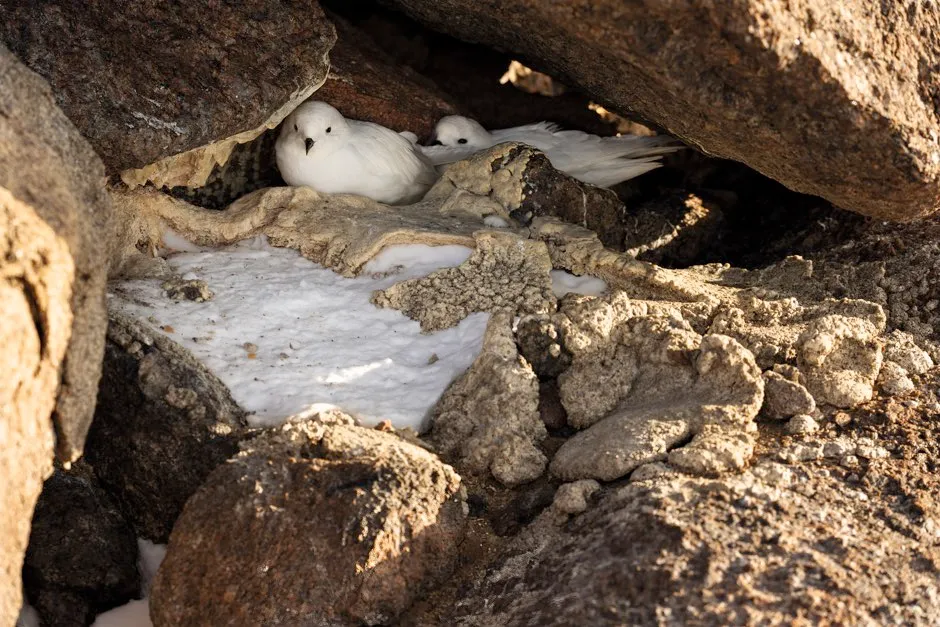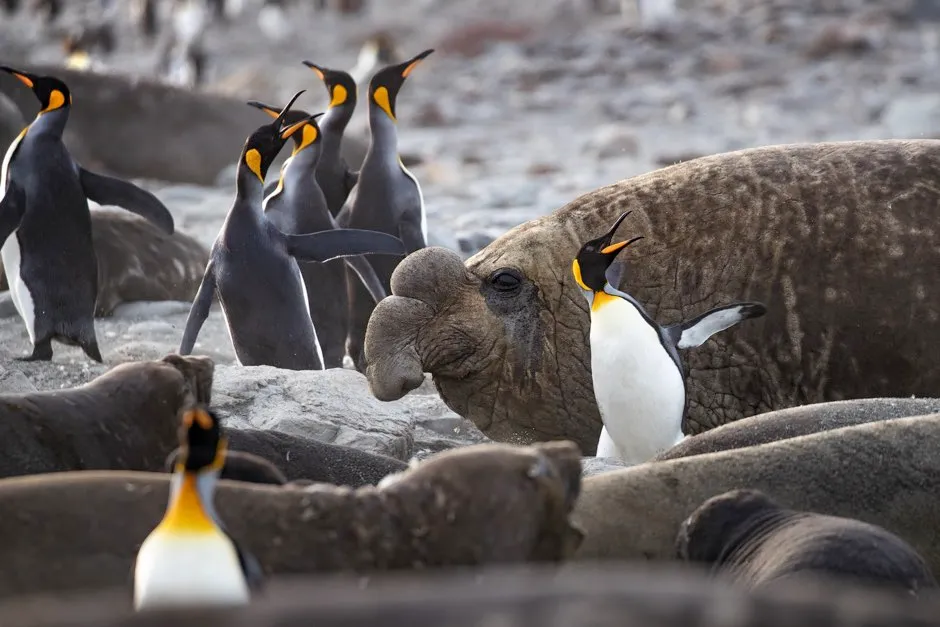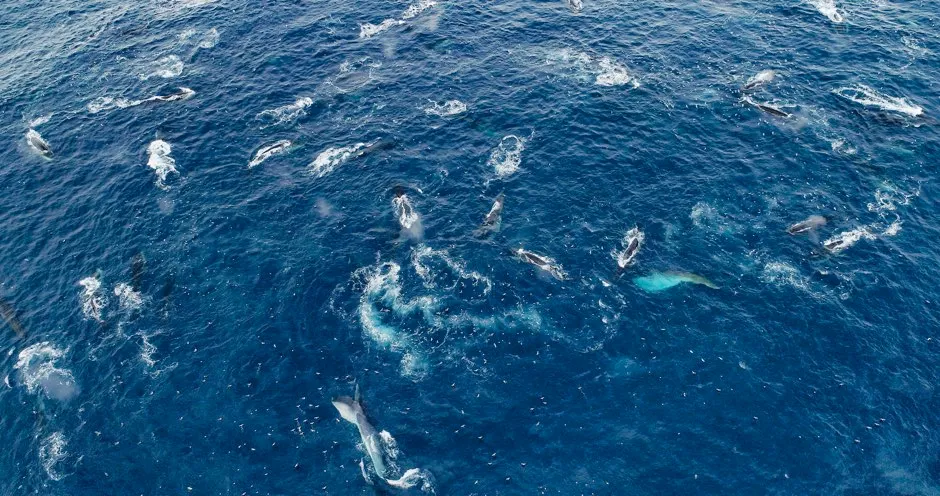The latest documentary by Sir David Attenborough, Seven Worlds, One Planet, showcases the glorious variety of life that spans the 7 continents of our planet. Why is Africa's wildlife so different from North America's, for example?
In this extract from the accompanying book of the same name, authors Jonny Keeling and Scott Alexander explore the animals that manage to survive on the edges of one of the planet's harshest environments: Antarctica.
With 24 hours of darkness in the depths of winter, Antarctica is the coldest, windiest, and, surprisingly with all that ice, the driest continent on Earth. With an annual precipitation of less than 100 millimetres at the South Pole, most of Antarctica is technically a desert.
It is also unbelievably cold. The air temperature can plummet to -89.4°C, as it did in July 1983 at Russia's Vostok Station. It was the coldest natural air temperature ever recorded in a conventional way.
However, taking data from various sources, including readings from satellites, scientists believe the coldest parts of Antarctica are on the Eastern Antarctic Plateau, where there are no weather stations and the snow surface temperature regularly reaches -98°C during the polar winter night, making it the coldest place on Earth.
Read more about the Antarctic:
Ice defines the white continent and the ocean that surrounds it, so it is a challenging place for life to survive in.
Living organisms have two choices: they either try to avoid it by moving north, and find themselves on subantarctic islands where they compete with many millions of others for food and space, or they attempt to embrace it by remaining south, where they find solitude but must endure one of the most hostile places on the planet.
There are few native terrestrial species on the mainland, most no bigger than midges, springtails and mites. On the coast and on subantarctic islands – forming the wider Antarctic region, however, the picture is very different.
The Southern Ocean and the southern extremities of the Atlantic, Pacific and Indian oceans are packed with marine life, enabling seals and penguins to live here all year round.
Great whales – including blue, fin, right, humpback, minke and sperm – and countless seabirds, including several species of albatross, arrive here for the summer, when most animal communities depend on a shrimp-like crustacean that is probably the world’s most numerous animal – krill.
Gentoo Penguins

A large group of Gentoo penguins look nervously out to sea, searching for any telltale signs of leopard seals or orcas.
Snow Petrels Roosting Under Cliff

Prime snow petrel real estate is a rocky shelter to protect the birds from the worst of the weather. Even so, snow can sometimes be blown across the entrance, causing the parents to abandon their nest.
Elephant Seals and King Penguins

When walking to and from the sea, the king penguins have to run the gauntlet of elephant seals, and be particularly wary of the restless bulls.
Aerial of Mass Fin Whales

Hundreds of fin whales, probably the largest aggregation seen in recent times, are feeding on swarms of krill close to Elephant Island in the Southern Ocean.
Weddell Seal and pup

A young Weddell seal, like its parent, has a thick layer of blubber below the skin and a thick fur coat. The large eyes are an adaption for hunting underwater at low light levels.
- Seven Worlds, One Planet starts on BBC One on 27 October.
Seven Worlds One Planet by Jonny Keeling and Scott Alexander is out now (£25, BBC Books).